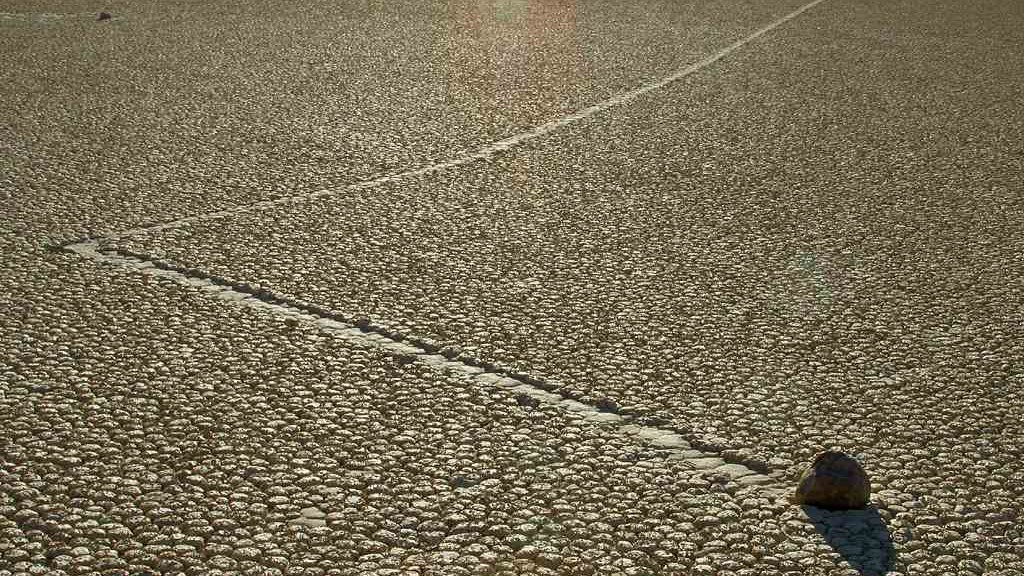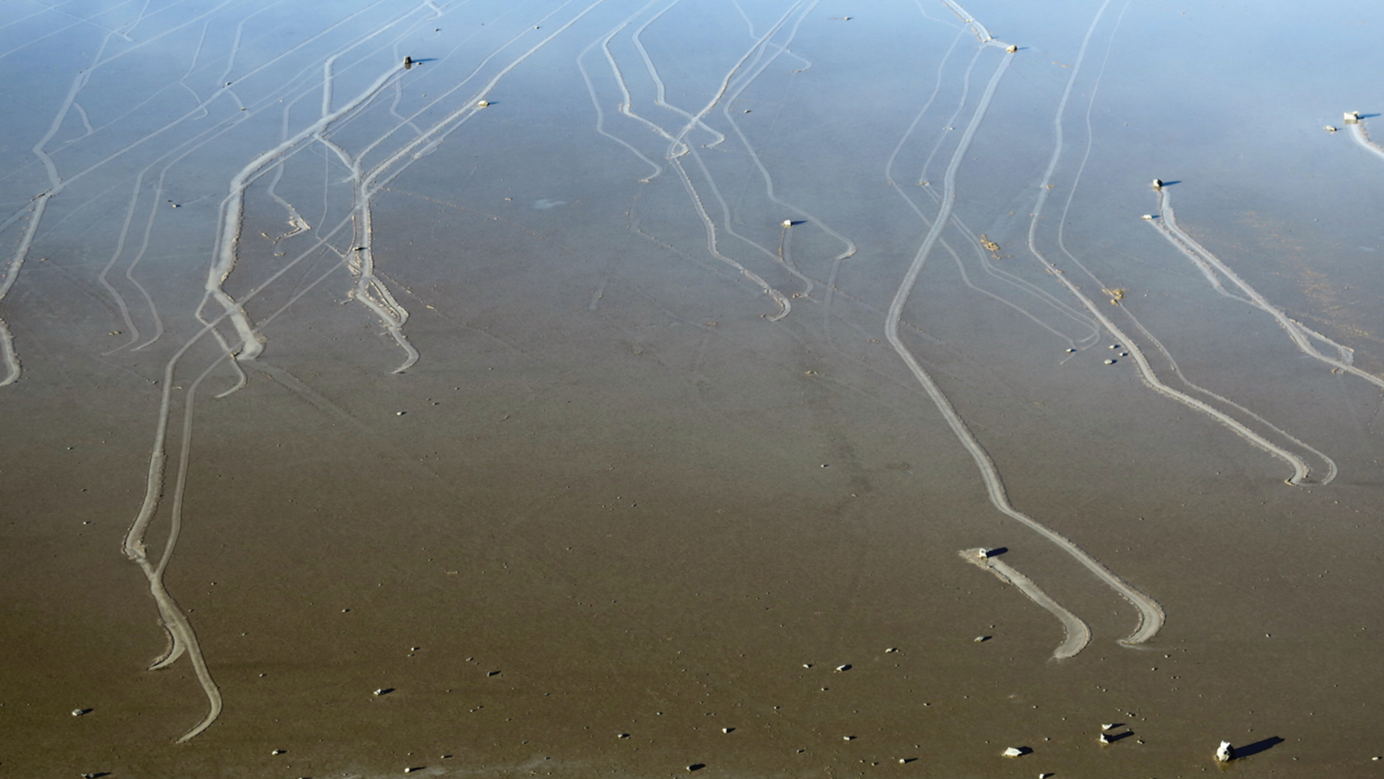Racetrack Playa: The home of Death Valley's mysterious 'sailing stones'
In Racetrack Playa, a dry lakebed in Death Valley National Park, meteorological conditions can push rocks weighing up to 700 pounds along the flat ground.

Name: Racetrack Playa
Location: Death Valley National Park, California
Coordinates: 36.68167631035219, -117.56270022604872
Why it's incredible: The playa is home to "sailing stones" that seem to move of their own volition.
Racetrack Playa is a dry, flat lakebed in California that is littered with hundreds of mysterious, moving rocks. Also known as the "sailing stones," these rocks leave tracks stretching up to 1,500 feet (460 meters) long as they drift across the surface seemingly without cause.
The sailing stones have puzzled researchers since the mid-1900s, but until 2013, no one had actually seen or recorded the rocks moving. It was clear, however, that they periodically changed location, because they left grooves in the ground behind them. Remarkably, some of the Racetrack Playa rocks weigh around 700 pounds (320 kilograms).
In a study published in 2014, scientists finally captured the movement of the sailing stones. The researchers fitted 15 rocks with motion-activated GPS instruments and installed a time-lapse camera to monitor them. The team also set up a high-resolution weather station to pick up tiny variations in wind velocity.
The experiment provided answers in a surprisingly short amount of time, given that the sailing stones can stay in one spot for more than a decade at a time without moving. Between December 2013 and January 2014 — just two years into the project, which started in 2011 — the researchers observed more than 60 rocks moving at speeds of 7 to 16 feet per minute (2 to 5 meters per minute).
Related: 'This is weird': Experts 'shocked' by record-breaking longevity of Death Valley's phantom lake
The data showed that a rare pattern of rainfall and wind was behind the sailing stones' movements. While scientists already suspected that wind pushed the rocks, it was unclear how some of the bigger boulders became displaced and why the movements were so sporadic. Another unanswered question was why multiple rocks, but not all, showed perfectly parallel tracks, including some with synchronous sharp turns and reversals in direction.

The study revealed that the sailing stones move when a thin, lubricating "windowpane" layer of ice forms on the playa at night after rainfall. The morning sun warms and melts the ice, forming floating panels that shove several rocks along at once in a direction and at speeds determined by the wind.
The rocks come from the surrounding mountains, tumbling down onto Racetrack Playa as a result of erosion. They are made of dolomite and syenite, according to the National Park Foundation. The playa, which stretches about 3 miles (4.8 kilometers) long and 2 miles (3.2 km) wide, formed around 10,000 years ago, when climatic changes caused an ancient lake to evaporate, leaving behind a vast expanse of mud.
Get the world’s most fascinating discoveries delivered straight to your inbox.
Discover more incredible places, where we highlight the fantastic history and science behind some of the most dramatic landscapes on Earth.

Sascha is a U.K.-based staff writer at Live Science. She holds a bachelor’s degree in biology from the University of Southampton in England and a master’s degree in science communication from Imperial College London. Her work has appeared in The Guardian and the health website Zoe. Besides writing, she enjoys playing tennis, bread-making and browsing second-hand shops for hidden gems.


